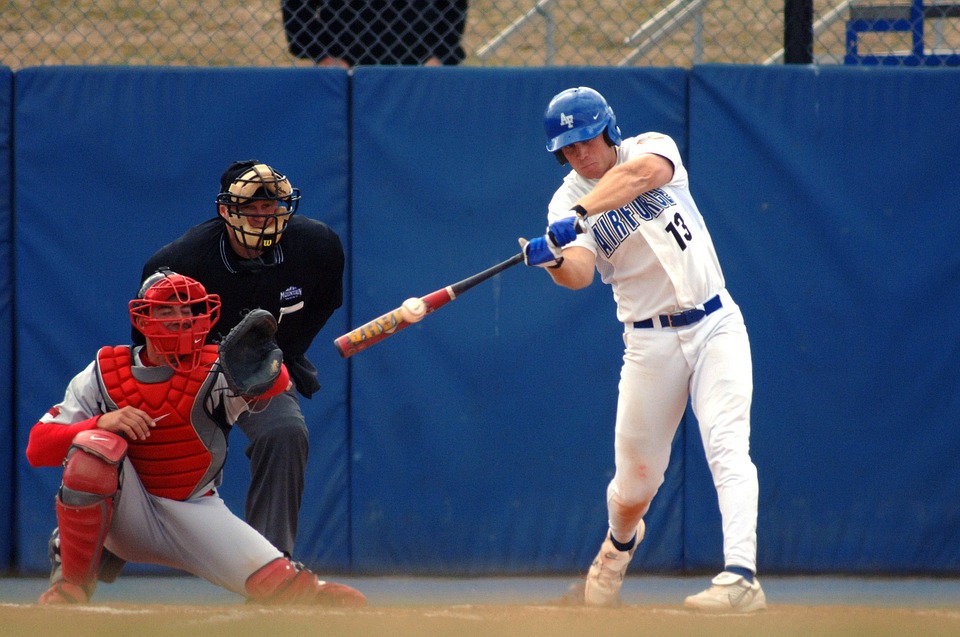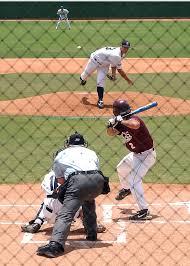Since its inception roughly 130 years ago, professional baseball has changed in countless ways. But perhaps one aspect of the game that's remained virtually the same is the relative unreliability of scouting, the process of identifying those top few prospects, from hundreds of thousands of global candidates each year, who will develop into bonafide stars.
Many forms of technology – computers, video, slow-motion cameras, to name a few – have helped narrow this field and minimize the frustrating and costly occurrence of that supposed "cant-miss" player becoming a "bust."
Well, baseball scouts (and executives) take note. Researchers in North Carolina may be onto something – a hi-tech advance that could predict which players are best at an essential skill: getting on base more often.
In a study conducted at Duke University Medical Center, it was learned that pro baseball players who excel on a touch-screen test measuring vision and motor skills "had better on-base percentages, more walks and fewer strikeouts – collectively referred to as plate discipline – compared to their peers," according to a written statement announcing the findings.
 Researchers, however, were unable to identify ways to predict better performance when came to pitching, or a baseball metric called "slugging percentage," which measures, according to the paper published this week in Scientific Reports, "a player’s propensity to hit for power."
Researchers, however, were unable to identify ways to predict better performance when came to pitching, or a baseball metric called "slugging percentage," which measures, according to the paper published this week in Scientific Reports, "a player’s propensity to hit for power."
More than 250 players from both the minor leagues and Major League Baseball participated in the study, which took place in 2012 and 2013 and consisted of nine exercises involving tracking or touching moving shapes on a video screen. The exercises were specifically designed to determine how much information could be acquired, or processed, in an extremely short window, akin to the time it takes a speeding baseball to reach a hitter in the batter's box.
"We wanted to quantify the links between an athlete's senses such as eyesight and motor control using task scores and game performance," said Kyle Burris, Duke statistician, Ph.D. candidate and lead author of the study. "We found positive relationships between several tasks and performance for hitters, but not for pitchers."
Researchers developed these nine tasks; here are their descriptions and what was measured:
- Visual Clarity – visual acuity for fine details at a distance
- Contrast Sensitivity – the minimum resolvable difference in contrast at a distance
- Depth Perception – how quickly and accurately participants are able to detect differences in depth at a distance using liquid crystal glasses
- Near-Far Quickness – the number of near & far targets that can be correctly reported in 30 seconds
- Target Capture – the speed at which participants can shift attention and recognize peripheral targets
- Perception Span – the ability to remember and recreate visual patterns
- Eye Hand Coordination – the speed at which participants can make visually-guided hand responses to rapidly changing targets
- Go/No-Go – the ability to execute and inhibit visually guided hand responses in the presence of “go” and “no-go” stimuli
- Reaction Time – how quickly participants react and respond to a simple visual stimulus
Each player's test scores were recorded and compared to their actual baseball game statistics from the season after the testing occurred.
What researchers found was that those who scored higher on the perception-span test "were associated with an increased ability to get on base." Those who excelled in the Eye-Hand Coordination task were better able to draw walks from opposing pitchers, and the players who did best on the Near-Far Quickness test correlated to those players with fewer strikeouts.
"We can't say there's a causal relationship between higher scores on the tasks and performance in games, but there was an association in the real-world data we evaluated," added Burris, who will be interning for the Cleveland Indians this summer. "Regardless, this information could be useful in scouting, as well providing possible training targets to improve on-field performance."
In their paper, Burris and fellow researchers write that they may delve deeper into this field of study. If their future testing continues to unearth predictive factors, don't be surprised if big-league executives follow close behind, using the data someday to find a diamond in the rough on the diamond.




